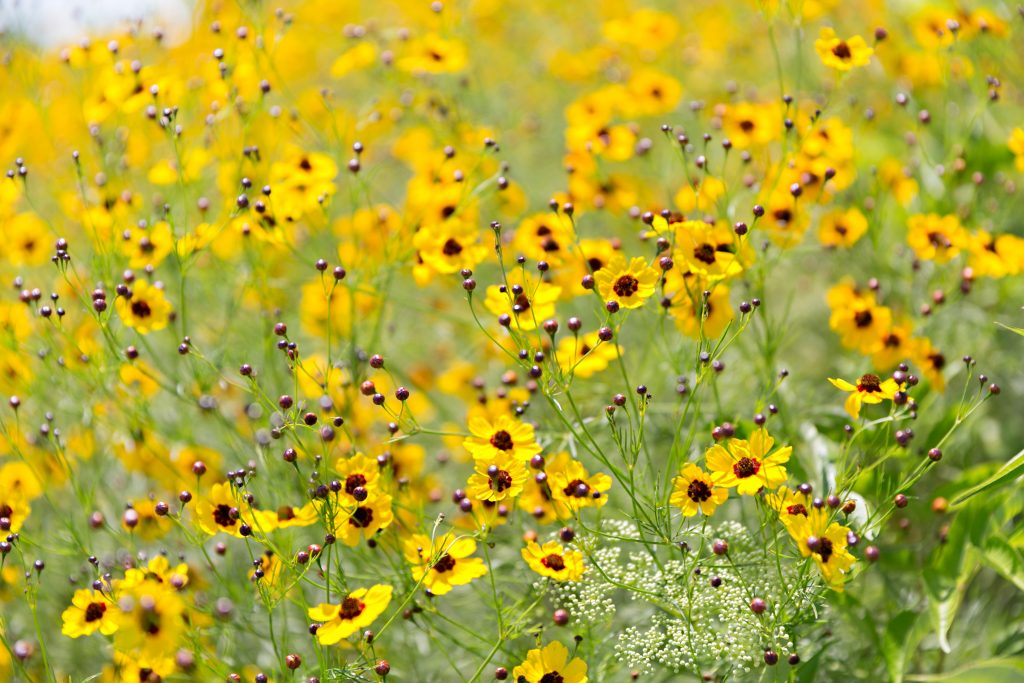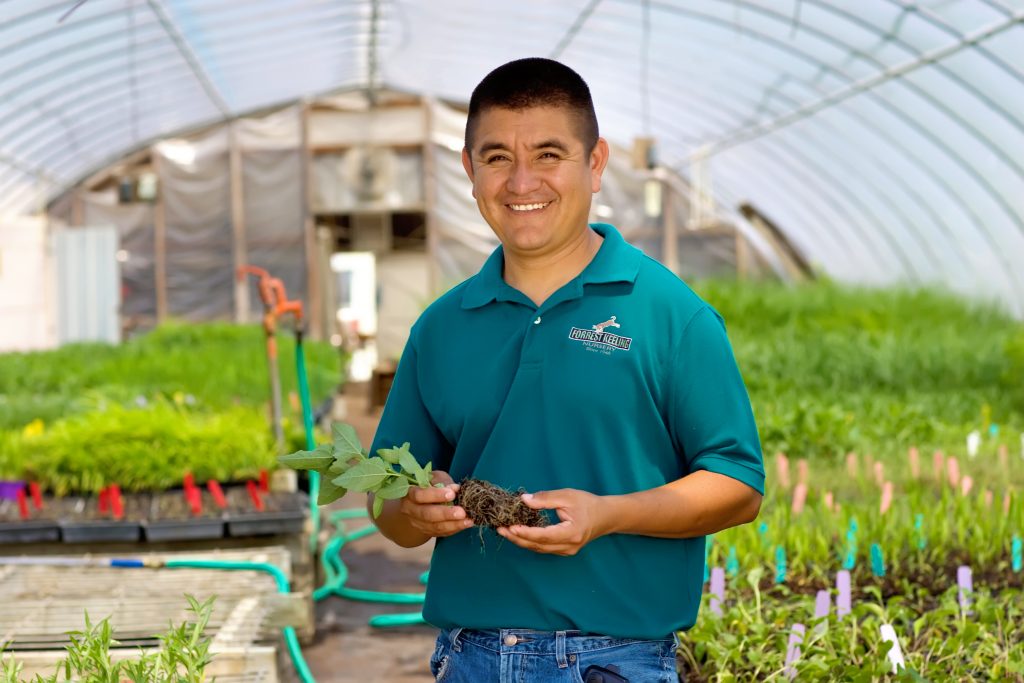From displaying beautiful fall colors to their ability to support local wildlife, native plant performance plays a valuable role on any property. Because they’ve evolved to survive in local environments, they’re much lower maintenance than other plant options and can continue to thrive year after year.
This article offers tips to help you grow stronger, more robust native plants that benefit ecosystems.
1. Before You Plant, Decide the Goals of Your Native Garden
Once you’ve decided to plant natives on your property, it’s crucial to determine what you’re looking to get out of your native garden. Not only will this determine where and how you plant your natives, but it will also guide you toward which plants are suitable for your goals.
Are you looking to provide a habitat for small mammals, birds, insects, and pollinators? Or is the focus of your garden to help filter runoff from excess rain? Questions like these will help guide you toward the right plants for your situation.

Shop the Pollinator Collection
2. Be Aware of Planting Dates
Different natives thrive throughout the year, and when you’re planting for the first time, it’s essential to consider the calendar.
Trees and shrubs typically perform better when planted in the fall, although spring makes a viable second choice. Herbaceous transplants are best when planted in the spring, but if you plant them in the fall, make sure it’s late enough to avoid germination.

3. Consider the Soil
Amending soil – or adding materials to your soil to improve its physical or chemical properties – can help pave the way for stronger growing natives. It’s helpful to add organic materials, such as compost or peat moss, as they improve water filtration. It’s worth noting that adding fertilizer to your native plant garden is unnecessary and may only encourage the growth of weeds and hurt plant performance.
4. Choose the Right Plants for the Environment
There are several factors to consider before planting your native garden. Environmental attributes like sunlight, soil, water conditions, and the size and shape of your landscape can help determine which plants are optimal for your situation.
For example, if you’re planting in an area that will receive significant rain runoff, natives like Blue Cardinal Flower or Wild Bergamot will thrive. If you want to grow natives in a shady spot, Eastern Wahoo and American hornbeam are well-adapted to lower light conditions.

5. Understand Maintenance Needs
Relative to other plants, natives don’t require significant maintenance. However, work is necessary to encourage healthy growth two to three weeks after planting. Watering your plants after planting, especially in warmer, dryer seasons, helps them transition to a new environment.
Depending on your preference, you may want to prune faster-growing species or attempt to remove undesirable plants. Finally, clipping seed heads and branch tips fosters fullness and extended bloom periods for several perennials.

Your Experts in Native
Native plant performance begins here. With hundreds of native trees, shrubs, perennials, and grasses, Forrest Keeling is the place to find a selection of native species that help you get growing! In addition to our vast selection, our plants benefit from our patented RPM-production technology. A Forrest Keeling team member can guide your selection of native options and help you find the right plants for your nursery.
Forrest Keeling Nursery… it’s where the best natives begin! Contact us today.
